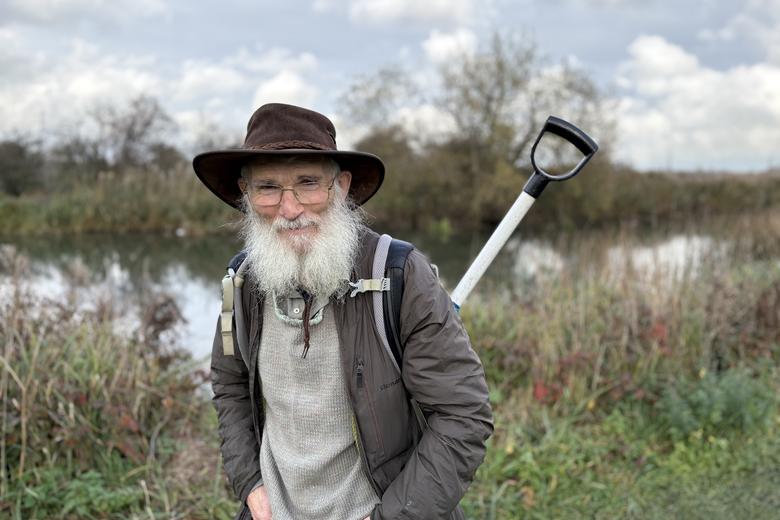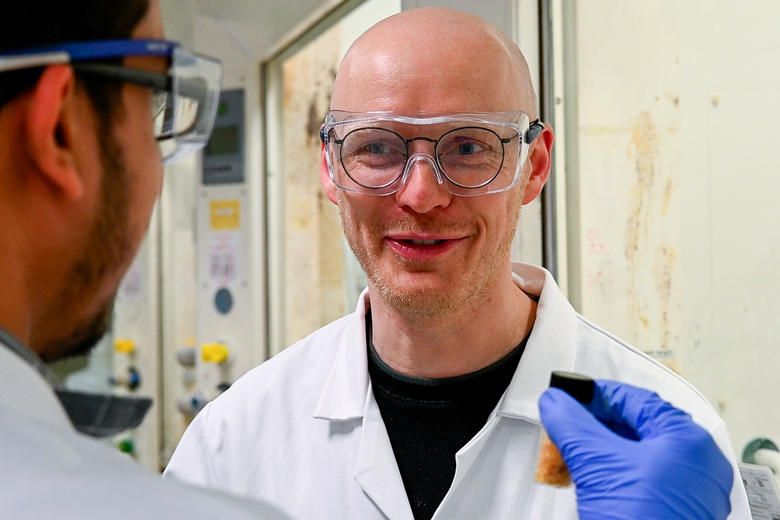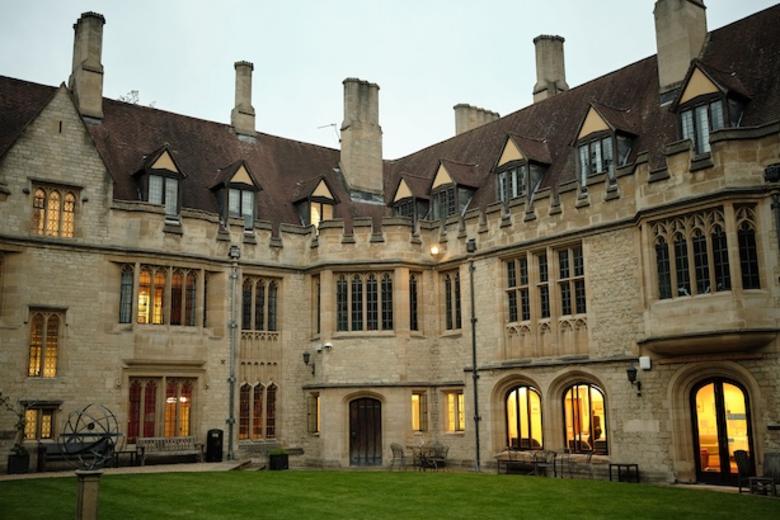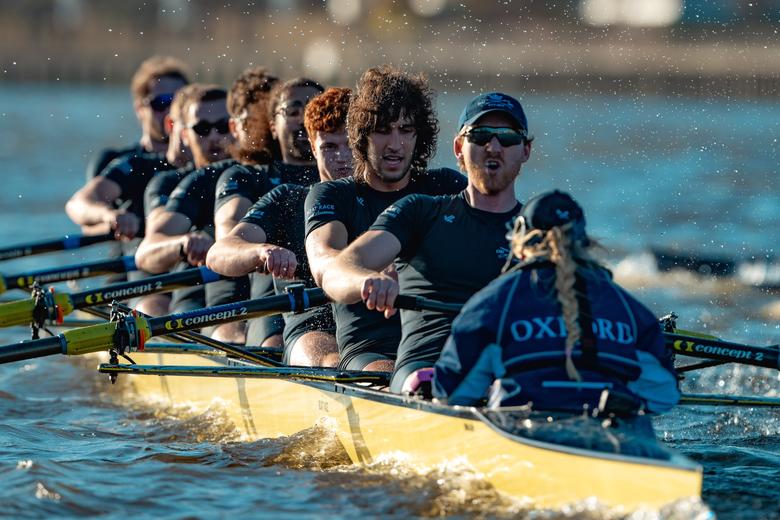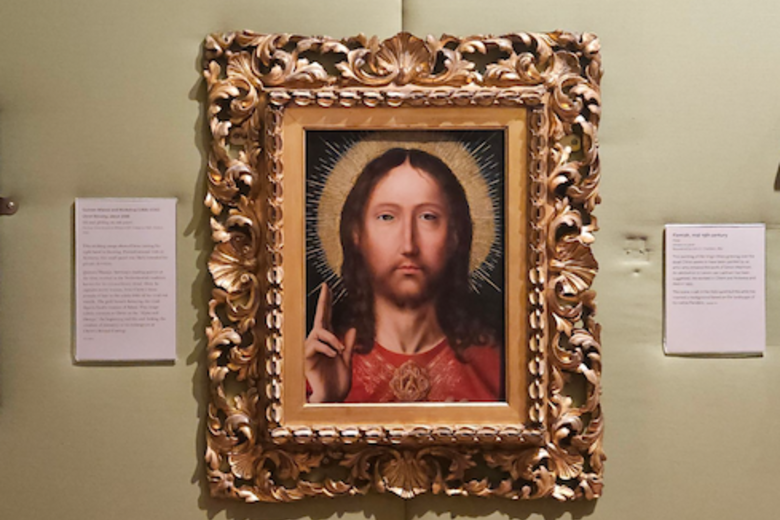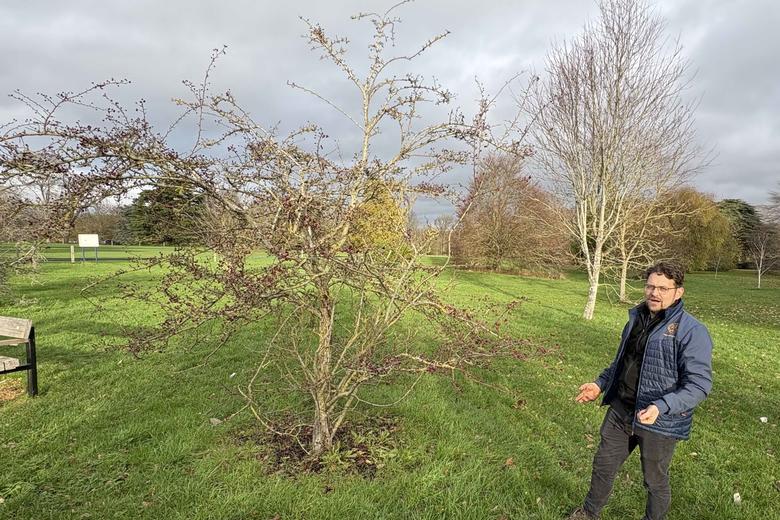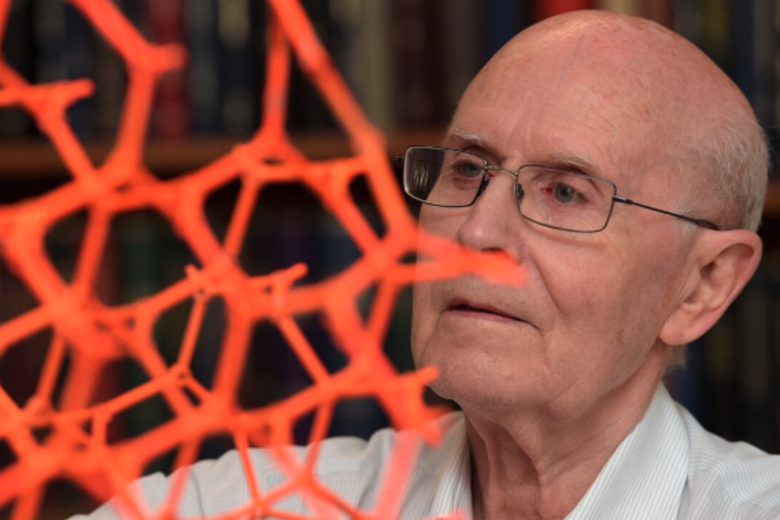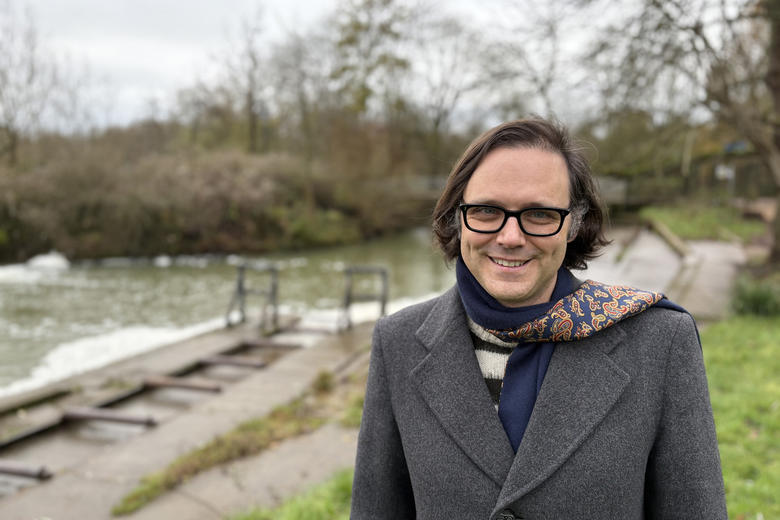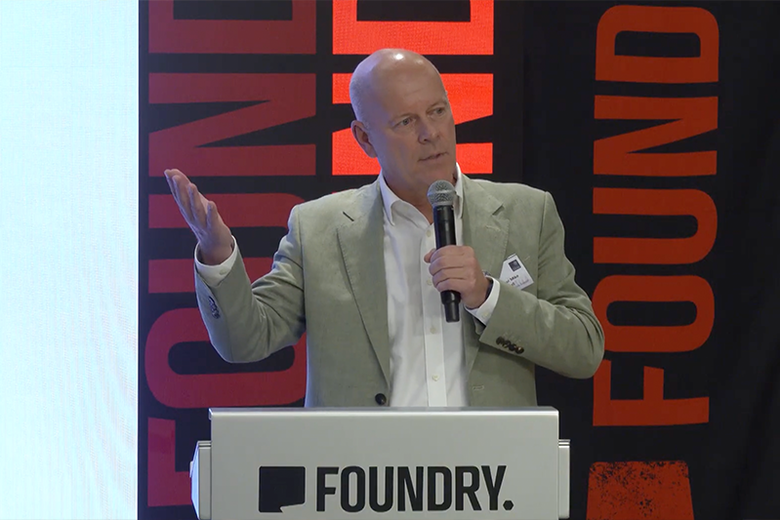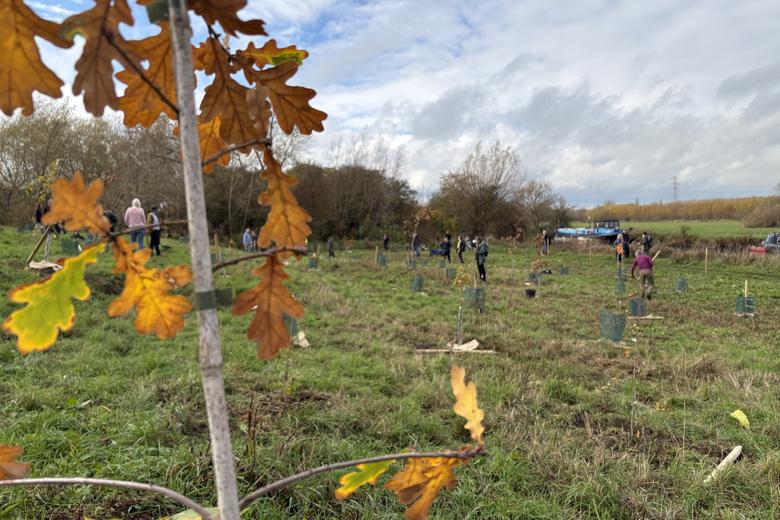HISTORICAL REFLECTIONS ON THE CORONATION

HISTORICAL REFLECTIONS ON THE CORONATION
The Coronation is based on 3,000-year old Biblical tradition. Prof George Garnett on kings, crowns and...communism
Published: 5 May 2023
Author: Sarah Whitebloom
Share this article
The Coronation of King Charles III has its roots in Spain more than 1,400 years ago, according to Oxford medieval historian, Professor George Garnett, a leading expert on coronation traditions.
There have been ‘kings’ since time immemorial, but as Professor Garnett explains, the coronation ceremony we know today can in one sense be traced to 7th century Visigothic Spain. It was modelled, however, on Old Testament traditions from some 1,600 years earlier, but reinterpreted in terms of Christian sacraments grounded in the New Testament.
‘The coronation which developed in Europe [after the Christianisation of the Roman Empire] was clearly based on the Old Testament, and the prophet Samuel’s successive anointings of Saul and David as kings, a type of rulership reportedly imitating that of neighbouring peoples.’
‘It’s not really clear who invented the European tradition,’ he says. ‘But there is a lot of evidence it appeared in the 7th century and seems to have started in Visigothic Spain…Then it is taken up, or copied, in Francia [present day Germany and France, the precursor of the Holy Roman Empire] in 751, and then in Northumbria in 787.’
Professor Garnett is eagerly anticipating the Coronation. There are no tea towels or memorabilia on view in his incredibly untidy study, just a rather large billiard table [of which more later]. But he will not be camping out overnight in the Mall or on Whitehall. As a long-time researcher of British coronations, however, he will be watching the ceremony carefully – and taking notes.
‘I’d love to be there, but I haven’t got any claim to be invited aside from 40 years’ research into medieval coronations,’ he laughs. ‘So, I will be watching every moment avidly…I mean, if you’re living in the only surviving ancien regime, and there is a coronation – you would, wouldn’t you?’
In the absence of an invitation, Professor Garnett is happy to watch on television.
‘It’s a much better view,’ he says simply.
He is interested to know what exactly will happen, with many details of the big day still being kept under wraps, although some have leaked out. Overseas royalty will be present – ‘a very new idea in terms of my timescale, probably dating from the 19th century’, he says.
At different points in history, Professor Garnett explains, different elements have been to the fore and different ideas have been in circulation. There is a lot of tradition around coronations but, equally, there was a definite beginning.
The Old Testament-based coronations introduced anointing with oil – later reflected in Christian sacraments. The model was post-baptismal anointing, considered by the church fathers to make the new Christian a soldier to fight in Christ’s cause in the world, or alternatively an athlete of Christ. It was this anointing that came to confer kingship, rather than the placing of the crown on the monarch’s head. Through the anointing, which was the ceremony’s core, the king was given strength to defend the church, consisting of God’s people.
In 1953, the anointing itself was not filmed and, it has been revealed, it will not be filmed during King Charles’ inauguration either. Professor Garnett explains, ‘The anointing is the most sacred part of the ceremony, when the Holy Spirit is supposed to be conferred upon the new king.’
But the coronation ceremony, with its constituent parts – involving oils, crown and other regalia, and the subsequent homage - has been key to the concept of kingship for well over a thousand years in Britain. After the Conquest, says Professor Garnett, a potential successor was not king until the moment of anointing.
Before the Conquest, he adds, ‘This was not the case. Kings acceded shortly after their predecessors’ deaths. They were rapidly acknowledged as such at an assembly of the great and good, in Old English, the Witan (wise men). When we have sufficient evidence to be precise about timing, we can prove that the coronation ceremony would follow a year or more later. Yet in the interim, they ruled as kings.’
After the Conquest, says Professor Garnett, a potential successor was not king until the moment of anointing.
However, that all changed. King Harold II [defeated at the Battle of Hastings] took the precaution of being crowned and anointed in 1066 – at his predecessor Edward the Confessor’s funeral, an unseemly haste which provoked outrage. Having no blood claim, he grasped at any shred of legitimacy he could find.
That did not stop Duke William of Normandy claiming the crown (and England) and being crowned and anointed himself within the year, after Harold had been killed at Hastings. It was soon suggested on William’s behalf that he had succeeded direct to Edward, but he had not become king until that coronation. A gap had followed Edward’s death. Harold’s reign was wiped from the record. He had never been king. So much for his swift anointing.
The post-Conquest idea of a king only being king from the time of the coronation remained until Edward I’s accession. He was deemed to have assumed the monarchy four days after the death of his father Henry III. He was actually abroad at the time and did not hurry home to secure anointing for two years. In this instance there was no need. Thereafter, monarchs were considered to have succeeded directly on the deaths of their predecessors.
Over the centuries, the coronation ceremony has persisted, complete with anointing, although it has not been essential to the monarch becoming monarch.
‘We saw an accession council in September,’ says Professor Garnett, talking about the series of events after the late Queen’s death in 2022. ‘All the Privy Council was there [in St James’ palace], together with other important officers of state and prelates, and members of the royal family, and Charles was proclaimed king. If we want to envisage what happened with royal successions prior to the Conquest, that gave a very good idea.’
Although Charles is to be anointed and crowned, there are expected to be breaks with tradition. Leaders of other faiths are set to be involved – in the previously strictly Christian, and since the Reformation, strictly Anglican event. But one of the biggest differences with the coronation next month, is that there will not be the traditional ‘homage’ paid to the monarch.
In 1086, when William the Conqueror received at Salisbury the returns on which Domesday Book was based, recording the reallocation of landed estates consequent on the Conquest, nobles knelt in front of the monarch, placed their hands in between his, and pledged allegiance.
'Something of this sort was subsequently appended to the coronation rite proper, and could conceivably have followed coronations beforehand, though is much more likely to have marked recognition at a new king's accession,' according to Professor Garnett.
It has, however, never formed part of the liturgical proceedings.
‘Homage became the most important part of the non-liturgical part of the ceremony,’ he explains. ‘It must have taken a long time, as each noble knelt before the monarch. But it created an individual relationship between the Lord King and everyone else of any importance. William was drawing a line under the Conquest; he was acknowledged as the source of all lands…England was not a feudal pyramid – everyone, every individual of any significance, had a direct connection to the monarch and owed him loyalty.’
This traditional ceremonial aspect of the inauguration is expected to be missing from King Charles’s coronation, however, breaking one link with the past. There will be far fewer people in Westminster Abbey and most peers will not be present. Such homage as there is, is expected to be restricted to royal Dukes.
It is clearly disappointing to coronation aficionados. Professor Garnett says, ‘In 1953, all the Lords did homage individually.’
But he adds, with a disappointed smile, ‘With the life peers, invented in 1958, that could be over 800 people. The proceedings would take as long as those at Salisbury in 1086.’
In respect of news that a 'chorus of millions' will be able to take part, Professor Garnett points out, 'The recent revelation that all subjects viewing on television will be invited to join the congregation in Westminster Abbey in pledging allegiance in some ways seeks to replicate a tradition, apparently, first evidenced in the laws of Alfred and Edward the Elder: that all free men should pledge faith to the king. But that late ninth- or early tenth-century legal requirement did not form part of the procedure in the coronation rite devised contemporaneously.'
Over the centuries, there have been many changes, explains Professor Garnett. The ritual which was devised at the beginning of the 10th century, and which still provides the essential core of the current rite, was altered in a way which brought it into greater conformity with Continental practice in the 11th century. Then, probably for the accession of Edward II, it was revised again in a way which restored many of the original 10th century content. That version, first used in 1308, remains to most intents and purposes what will be used on 6 May. Perhaps the most significant change in the interim was it being translated into English for James I in 1603.
It was changed in 1685, since James II was not willing to take part in a Protestant communion service. But the communion service was restored in 1689, when William and Mary were crowned. Will there be a communion service this year?
‘I’d be very surprised if not…the service is being conducted by the Archbishop of Canterbury,’ says Professor Garnett.
His immersion in coronations began when he was a student at Cambridge University in the late 1970s and early 80s. He had not intended to become a specialist in medieval history. In fact, when he was a child, he had initially wanted to be a scientist. It was peak space race time and the young Garnett was interested in astronomy and science.
‘The trouble was,’ he admits with amusement. ‘I absolutely detested maths, and was pretty hopeless at it…I was one of those people of whom Rishi Sunak despairs.’
His interest in History grew after his father, an economic historian, gave him a book by the prolific and popular historian A.J.P. Taylor. It was a turning point.
Leaving science behind, he alighted on history. But not medieval history. Having won a place at Cambridge, he was keen to become a Soviet historian.
At the height of the Cold war, it was a very fashionable subject. And, in a rather surreal aside, he explains, when he was 15, he visited Leningrad with a friend for Christmas, ‘I didn’t want to go with my parents to Majorca, so they said I could go somewhere else for the same cost. I chose Russia and a friend came with me.’
He laughs again, ‘They would probably be prosecuted now for that.’
In the event, the trip was ‘magical’, he says, and it sparked a long-term interest in the Soviet empire. Professor Garnett travelled widely and very uncomfortably on trains throughout the eastern Bloc, ‘It always seemed to be night time…when they lifted the carriages and put them onto wheels of the different Russian gauge. It took about four hours. You all had to get out and wait while they did it.’
Professor Garnett visited Kyiv in the 1980s. He even went to that most closed society: Albania, the North Korea of its day, where people were famously stopped at the border and shaved or searched for Bibles. At the frontier, Professor Garnett remembers being forced to march barefoot [at night] through a basin of disinfectant, with searchlights and machine guns trained on him and his party. Once in the customs post, he was shown a drawer full of pornography and pictures of the Pope.
‘The guards wanted to know if I had any. I didn’t. Of either.’
But, while an undergraduate, in 1977, the aspiring Soviet historian took a paper in medieval history. It turned into a lifetime’s work. One of his tutors suggested the new graduate undertake a doctorate, studying medieval coronations. The project developed and developed and became the foundation for much of his later research.
His focus has been the Norman Conquest; he is currently writing the second volume of his comprehensive work on the ways in which the Conquest has been reinterpreted over the course of English history from the 11th century to the eighteenth.
But he admits, he had a bumpy start to his academic career. And here in the 1980s, there were very few jobs in the Humanities in general and absolutely none in the field he had chosen. He managed to get a research fellowship and a temporary lectureship – delivering 32 lectures a year on ancient and medieval political thought. It actually proved very useful, and laid the ground for future work.
‘It is not fashionable to say teaching can be a fertile source of research ideas, but that has been the case with me,' he recalls. ‘It was not clear what I was going to do…but at the end of the Thatcher desert, there were a few jobs, including this one.’
Displaying his stark 1980’s scars, he remarks, ‘I was the last of the old Bolsheviks.
A very prolific author, currently coming to the end of a two-year sabbatical, he has written widely on medieval and early modern history, and retained his interest in coronations.
On one occasion, he recalls, he and some colleagues were invited to give papers on Magna Carta at Peking University. It seemed unlikely, he thought, that the Chinese authorities would be happy for this to be debated.
He cherished a hope that he might be deported for discussing the use of Magna Carta in the development of Habeas Corpus. But to his surprise, his hosts were extremely keen to talk of the laws, liberties and customs of 13th century England, ‘You know when you have got the attention of a room…and I did. We were all ostensibly talking about Magna Carta, yet we were really talking about something much closer to home.’
Professor Garnett questions if he is the most modern of lecturers today – preferring to talk, rather than to use technology and PowerPoints. He also enjoys working with young students, as a tutor – whether or not they can find somewhere to sit.
People will often say their place is a mess, before showing you into a perfectly tidy room. And Professor Garnett is no exception, although, in his case, it is true. His study does look as though a recycling bin has exploded – scattering papers everywhere. There could not possibly be any system. Some people might say they know where everything is.
‘Well, I do generally know where most things are,’ he claims in an improbable aside. Underneath piles of paper, a ¾ size slate-based snooker table dominates the room. Does he play?
Yes, it turns out, quite a lot. With students? No. He acquired the table on a day trip to the medieval abbey at Tewkesbury. Walking past an antique shop with Helen his wife, they saw a sign: Billiard table for sale.
At Helen’s insistence, they knocked. A woman appeared, ‘I’m sorry, I can’t help you. I’m drunk,' she said. But, somehow, they managed to pay for the table, which was later transported, involving more cost, to his study in St Hugh’s College, by ‘three burly men and me’.
‘There wasn’t enough room at home,’ he says. ‘It’s very relaxing, to be able to have a game.’
Professor Garnett and Helen continue to explore. They have only been back to Eastern Europe once in recent years, to Odessa in Ukraine, where they stayed in the very hotel where Sergei Eisenstein, the great film director, stayed while he was making Battleship Potemkin. And he loves to visit medieval churches. So far, though, he has not brought any more large items home. His study, like his house, really does not have the room.


